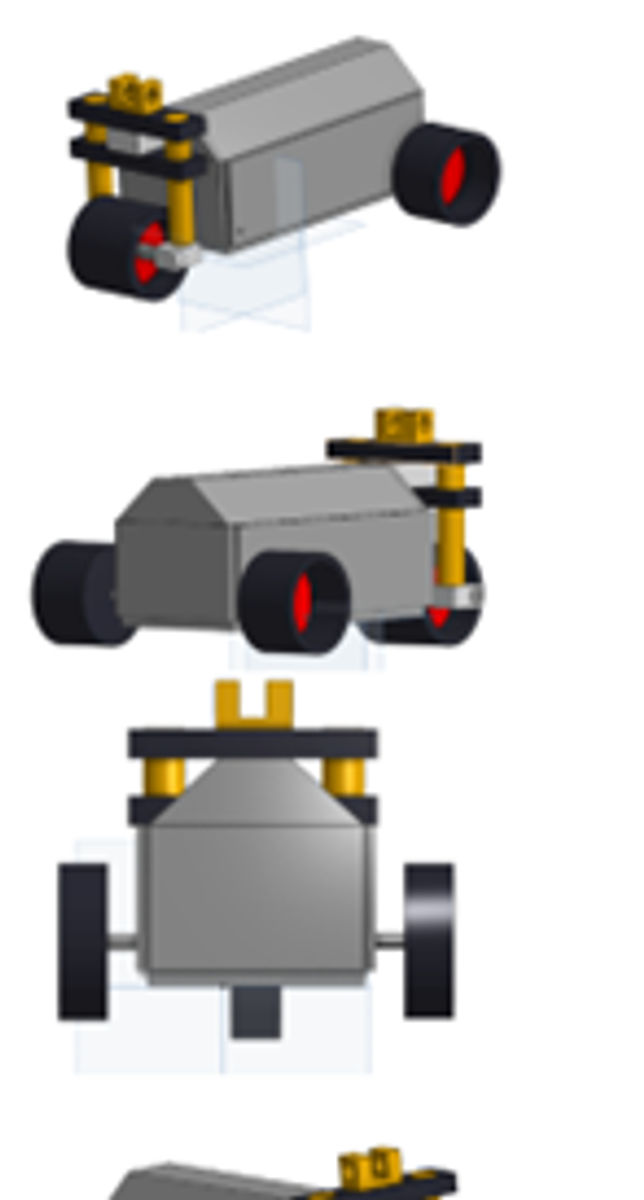Science Faculty

Year 10 Science
10S1 have been working with CSIRO and local government to employ STEM based ideas in order to solve various local issues. Daniel Giffney (Principal Coordinator - Environment and Health Hills Shire Council) spoke to students and provided advice about their projects.
Below is a summary of what some of the groups have been working on.
1. Waste and Recycling in the Hills
Our project is trying to solve the problem of urban waste, in 2022-2023, NSW households generated a total of 3.66 million tonnes of domestic waste, sending 1.94 million tonnes of residual waste to landfill, with the remaining 1.72 million tonnes being recycled.
Our project is focused on the idea of turning leftovers (food) into biocrude which can be turned into fuel for cars. To turn leftovers into biocrude we are wanting to use the process known as Hydrothermal Liquefaction (also known as hydrous pyrolysis) which requires a high temperature, high amount of pressure, water, biomass (the leftovers) and if optional a catalyst (which helps increase yields and helps with the process of turning biocrude into fuel).
- Jennifer Z.
2. Building Infrastructure and Energy
Our group is looking into piezoelectric tiles which can be implemented on the floor of the underground parking lot in the planned Norwest Innovation precinct. Piezoelectric tiles have the ability to generate an electrical charge when subjected to mechanical stress including pressure. This concept is being introduced in Japan with foot traffic being the source of pressure. Consequently, we are planning on utilising the pressure coming from cars driving on these tiles as our source of pressure. Eventually, we will use the electricity generated to power up underground parking lights, boom gates and additional sensors.
As piezoelectric tiles are costly and inaccessible for us as a resource, we are going to make a more budget- friendly model of the tiles. They will carry out the same functions however we will not be using the exact materials used to make the proper piezoelectric tiles. Afterwards, we plan on using mathematical calculations and ratios to figure out how much electrical charge will be produced when something as heavy as a car puts pressure on these tiles (without actually driving a car over the tiles).
As project manager, It was great to see our group working cohesively during brainstorming and researching, as we all gave input and contributed. We are all excited to see how the project carries out and are also very keen on presenting our idea at the end of the year.
- Yashika K
3. Three Wheeled 'e-Scooter'
Our project is a three wheeled 'e-Scooter' that is aimed towards the work population through its practicality of the openable box lid and ease of use compared to a regular Escooter. The size of it can reduce the amount of cars on the road as congestion is a major issue in peak times and can reduce carbon dioxide emissions as the electric energy can be generated from sustainable sources (solar). Safety is also going to be accounted for with necessary lights, sensors and sound warnings.
4. Intergenerational
Our group, consisting of Elysa Wunsch, Annabelle Zeng, Tiana Costa, Angela Huang and Cassandra England, were tasked with solving the problem of The Hills intergenerational gap. After lots of brainstorming, we decided to create an aged care centre with a program called ‘Adopt a Grandparent”. In this program eligible families can bond with a variety of our elderly residents and if both the family and the elderly residents form a mutual bond they can agree to adopt the elderly residents. This program not only aids the elderly residents involved but also can be entered by immigrant families coming to Australia and not having any other family. Our idea came from the scientific evidence that reducing loneliness can greatly improve not just mental but physical health as well, such as common problems like dementia.

